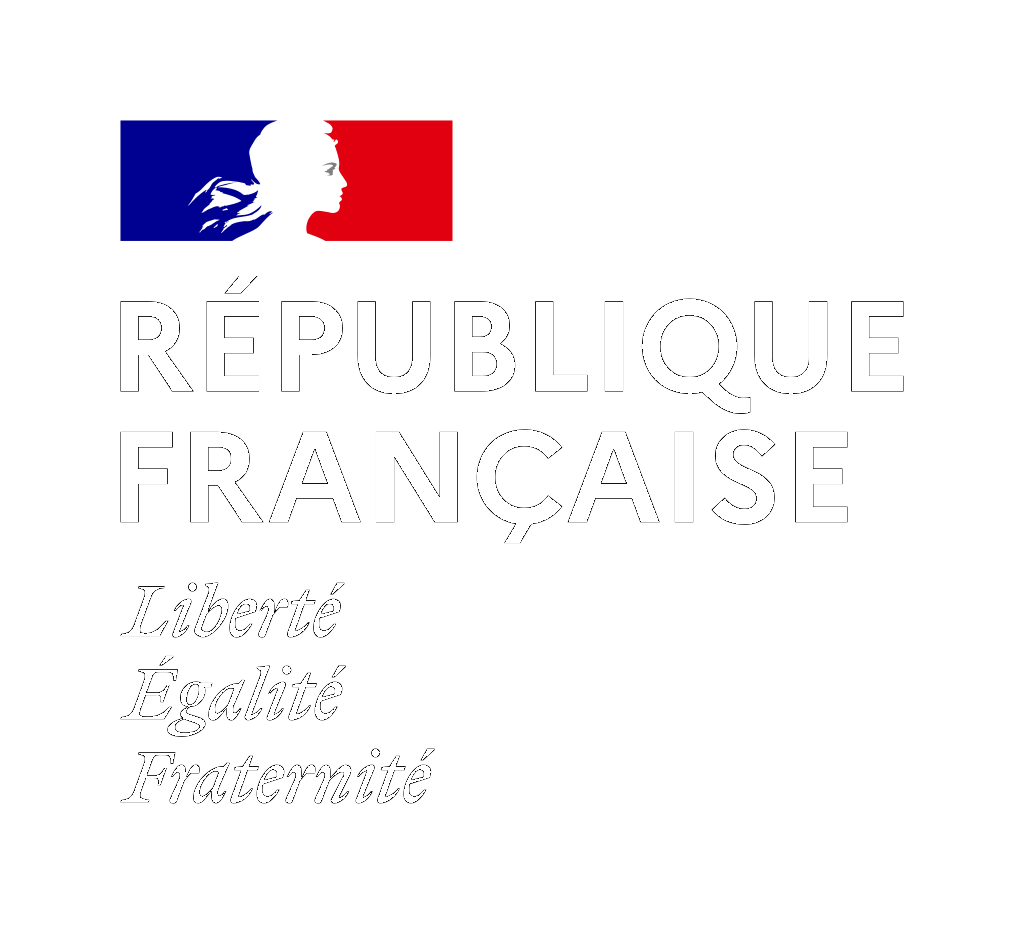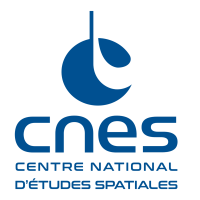GEIPAN main pages
- The GEIPAN
- Actualities
- Cases & Testimonials
- Understand a phenomenon
- Contact
FAQ GEIPAN
1. What is GEIPAN?
- GEIPAN (Group for the Study and Information of Unidentified Aerial/Aerospace Phenomena) is a technical department of the CNES (French Space Agency). Its mission is to collect, analyze, investigate, publish, and archive reports of UAP (Unidentified Aerial/Aerospace Phenomena) sightings.
- It also provides information and data to the public regarding UAPs and UFOs.
2. Is GEIPAN an independent structure?
- No, GEIPAN is a technical department of CNES (Centre National d’Études Spatiales), a public, industrial and commercial institute in charge of the definition and implementation of the French space policy. CNES operates under the supervision of the French government; Economy & Finance, Education & Research and the Defense Ministries
- GEIPAN is integrated within CNES as an expertise department.
3. Does GEIPAN carry out a national security or space surveillance mission?
- No. GEIPAN does not involve in a security topic nor a sky and space awareness or alert service.
- For any questions or alertsregarding your safety, please contact the appropriate authorities (police, gendarmerie, civil security, etc.).
4. Does GEIPAN research UFOs and extraterrestrial life?
- Contrary to popular belief, GEIPAN is not a research group on UFOs and extraterrestrial life, or other paranormal phenomena.
5. Does GEIPAN operate continuously?
- No. GEIPAN collects testimonies, analyzes the data, and then conducts an investigation using a multidisciplinary approach combining physical sciences and human factors.
- GEIPAN uses only recognized scientific knowledge, without speculation or unverified hypotheses.
- GEIPAN is not focused to respond immediately to requests related to UAP observations.
6. Does GEIPAN guarantee the confidentiality of testimonies?
- Yes. GEIPAN's mission is to publish its work while ensuring the anonymity of witnesses and the published documents linked to the investigation.
- Refer to the PRIVACY POLICY section regarding the protection of personal data collected for the purposes of investigations.
7. What is the methodology used?
GEIPAN follows a methodology summarized in seven key stages:
1. Receiving the testimony
2. Creating the file
3. Initial analysis
4. Investigation and processing
5. Classification into A, B, C, D
6. Anonymizing the files
7. witness information and publication
8. How does GEIPAN classify observation cases?
The classification process is done according a quantitative and qualitative assessment of two parameters: the consistency (C) of the observation and the residual strangeness (E) after investigation.
- Strangeness (E): This is the measure of the residual strangeness after comparison with known phenomena hypotheses.
- Consistency (C): This is the product of the quantity and the reliability of the data submitted and collected during the investigation. The objectivity of this data is weighted according to a specific table, part of the GEIPAN methodology.
Classification categories:
- Classification A: Phenomenon perfectly identified after investigation.
- Classification B: Phenomenon probably identified after investigation.
- Classification C: Phenomenon not identified due to lack of data or information.
- Classification D: Phenomenon not identified after investigation.
A revisit process, or a new analysis, of cases C and D may be conducted if new information related to these cases is communicated to GEIPAN after the initial investigation.
9. Who can testify?
- Anyone can provide testimony.
- GEIPAN is not sized to respond to indirect witness(es) of an UAP observation (i.e. reported by third parties).
- Testimony from minor witness is subject to parental authorization.
10. What is the place of human testimony in the investigation?
- Human testimony is at the core of the process and methodology for GEIPAN.
- GEIPAN only investigates phenomena reported by one or more direct witnesses of the observation.
- The witness must fulfil the technical questionnaire (QT), designed to gather the essential and substantial information to open an investigation.
- Visual, material or detection matters such as sketches, photographs, videos, etc. may complete the QT.

